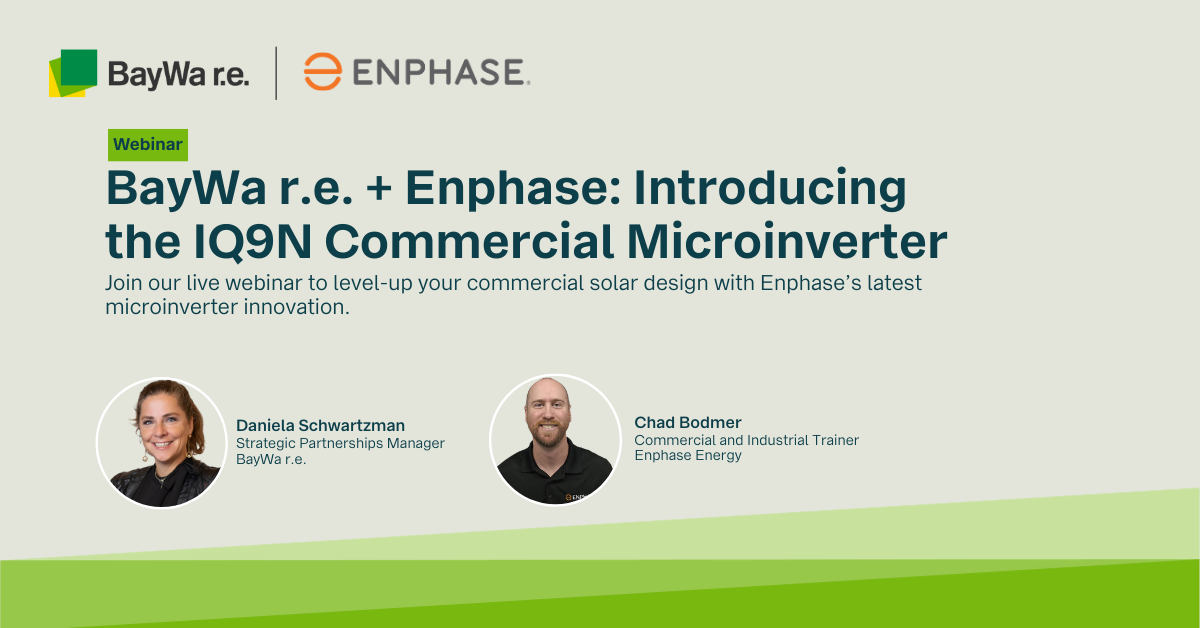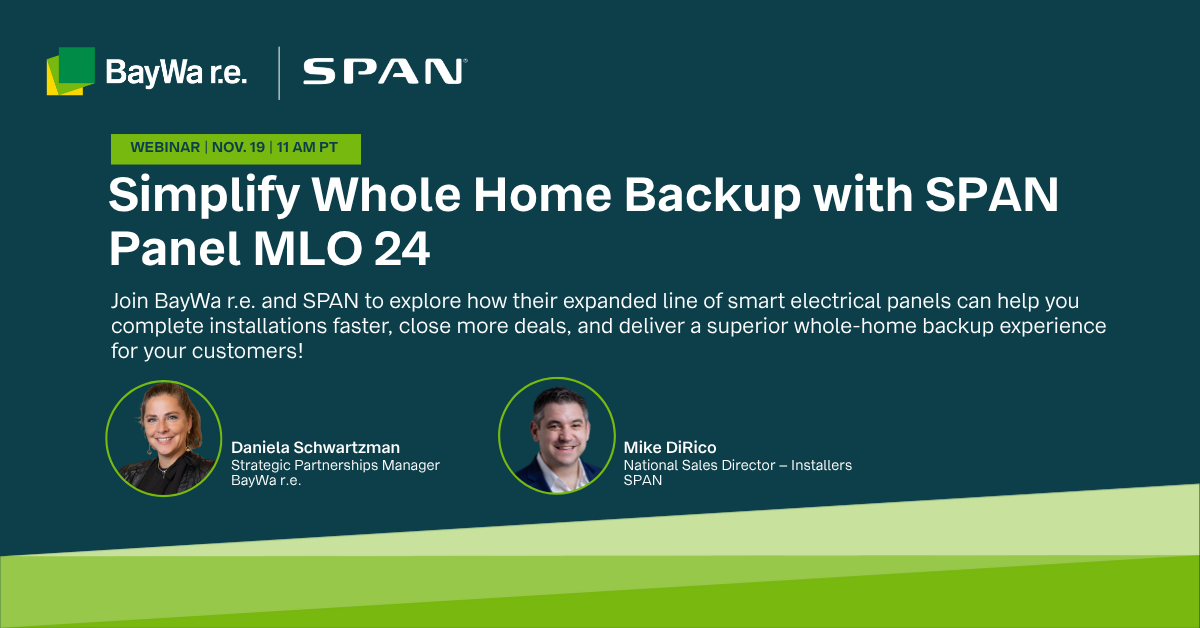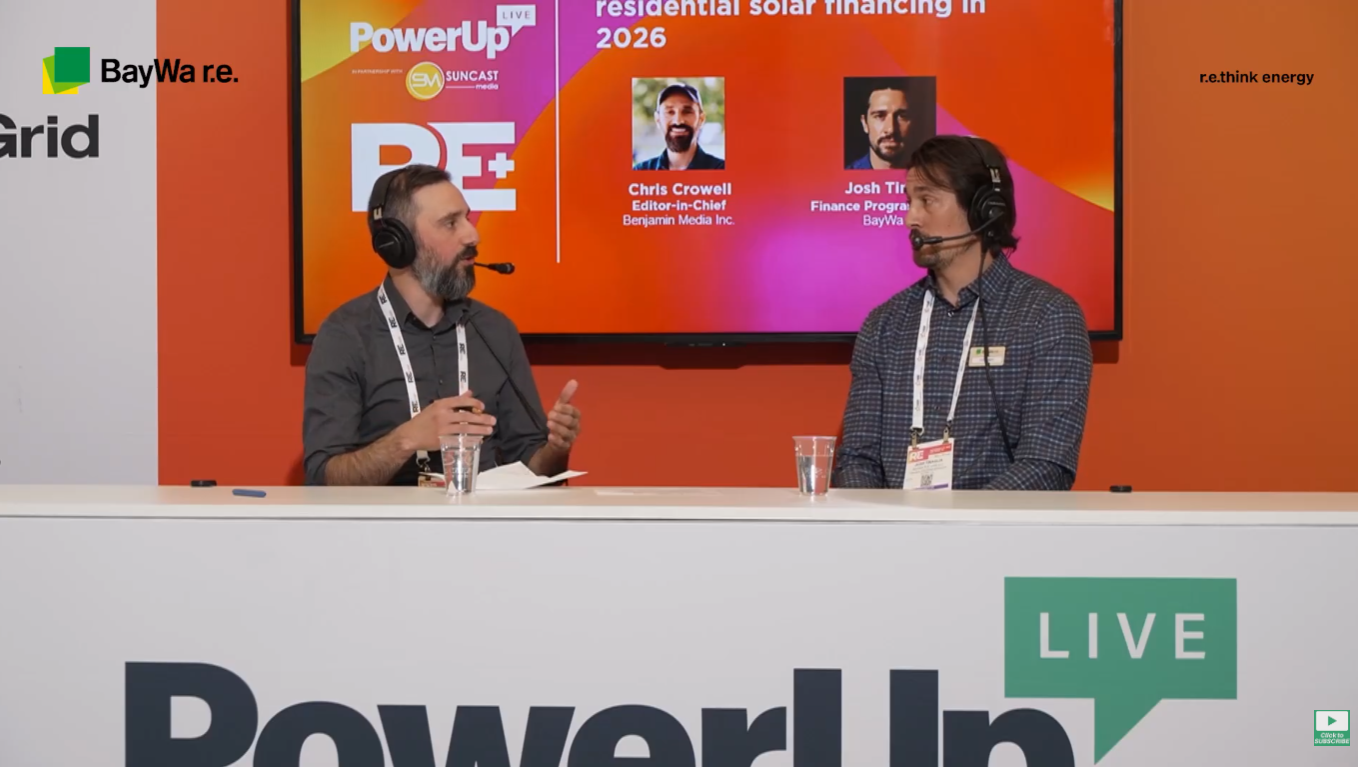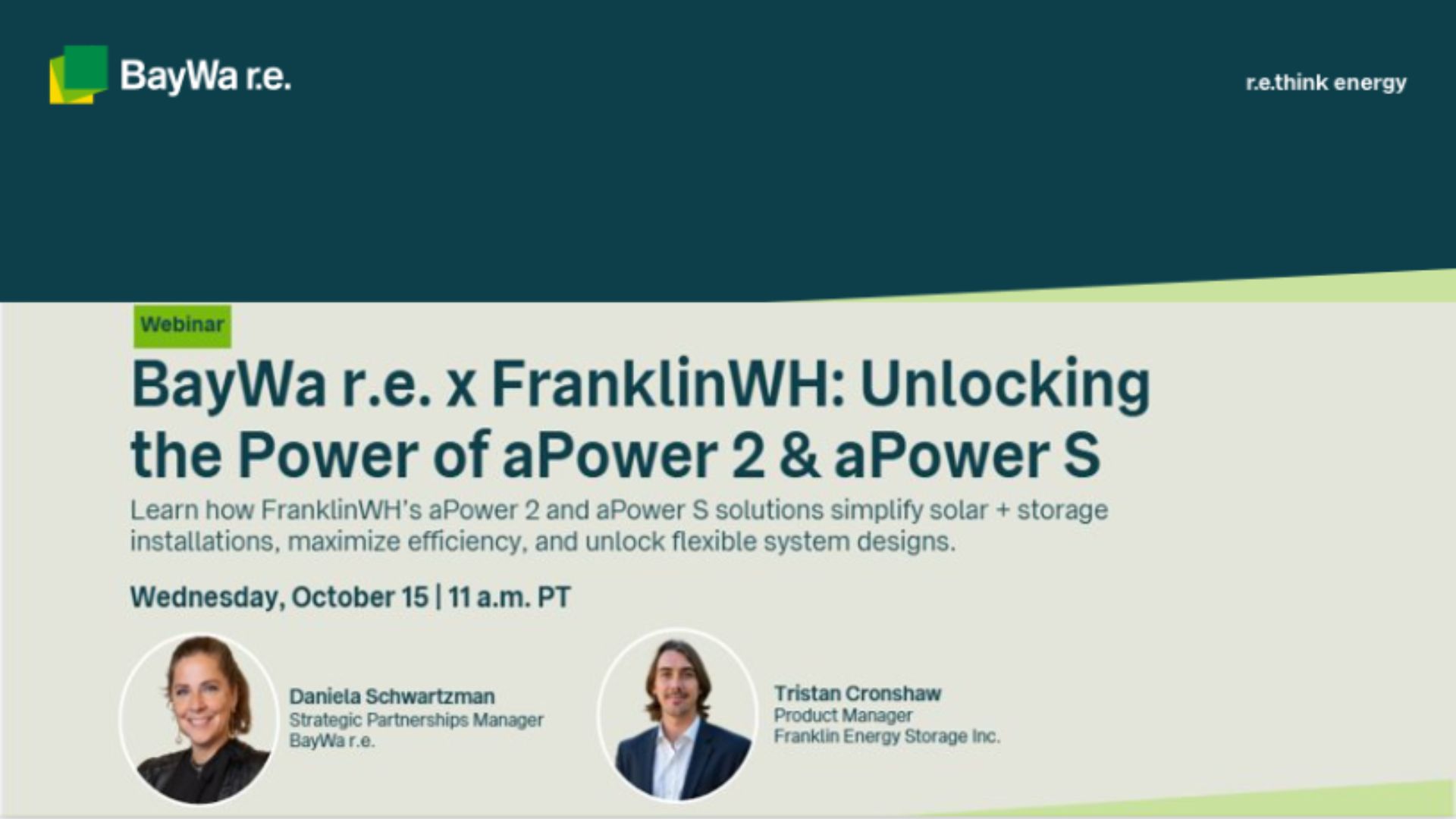Within our residential solar industry, a tantalizing prize has been some kind of central technology that can seamlessly manage energy throughout the home — monitoring and managing consumption and export across PV generation, battery storage, grid interconnection, grid independent back up power, and other possible outlets. Instead of redundant, multiple inverters and control panels connecting different systems, the dream was to have one single box where multiple systems could be plugged into and be managed with dynamic automation. A smart brain for all tendrils of our home solar system.
With the introduction of its Energy Hub inverter with Prism technology this year, SolarEdge Technologies became the first manufacturer to capture that prize. And contractors shouldn’t pass this off as just another inverter product launch. SolarEdge is showing us what the future will look like for residential sales and installs — so let’s take a look at what that means for both contractors and homeowners.
Taking Ownership of Home Energy Management
Grid-tied inverters by design are positioned to sit at the center of energy management. If you’re a home PV system plugging into the grid, that inverter is typically only doing one thing besides converting DC to AC power — export or import from the grid. And you can’t just add a battery: you’ll need a separate inverter or replace that existing unit to one with multiple functions. Your flexibility for simple future add-ons is limited by whatever starting point that initial inverter defined.
With the Energy Hub, you have unlimited flexibility to add additional systems: PV array, grid interconnection, battery storage, back-up power, electric vehicle charging, even smart outlets for water heaters and other appliances. It doesn’t matter what you have right now — you install one device, and can have the option to connect more down the road.
More importantly, Energy Hub serves as a brain sitting at that central point between all of these inputs and outputs, deciding how, when, and where energy is used in the home. Indeed, the real innovation of Energy Hub is its algorithms — and its groundbreaking ability to integrate and manage so many different systems in real-time. As the central command center, the software can monitor and route energy flow between the PV array and home usage, as well as storage out to battery and back to consumption loads; and of course, with grid interconnection (it complies with California Rule 21 smart inverter requirements). We can prioritize loads for solar supply, and manage storage for night and vehicle charging use. That water heater connection? It can even be managed for latent energy storage — completing that circle of total, holistic energy management.
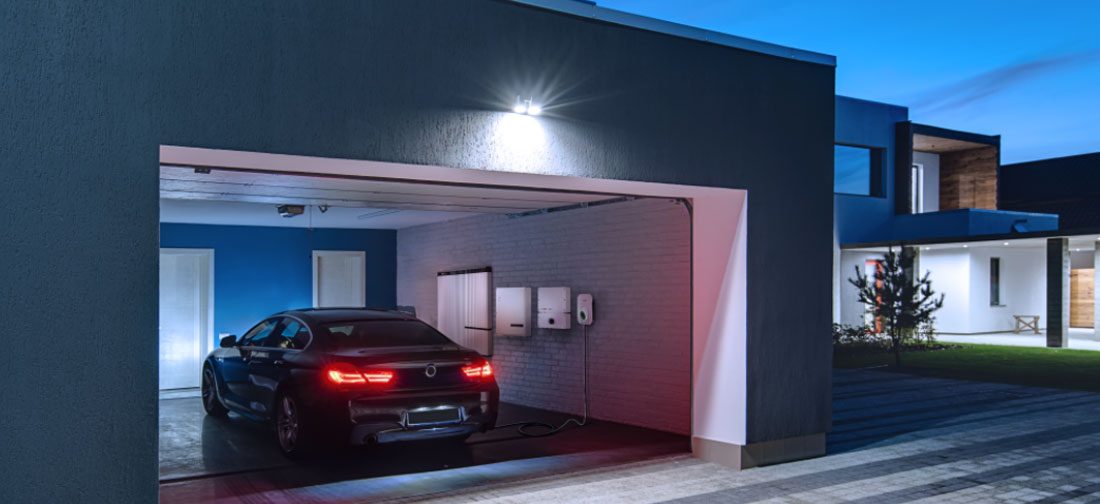
Consumer Advantage Means Contractor Leverage
One of the benefits for the contractor is going to be the opportunity for the return and repeat sales from the same owner — a critical plus as solar businesses adapt to changing consumer trends during our current U.S. economy.
Rather than making a decision now of “PV only” or “PV with storage only” or other limited pairings, you don’t have to sell a customer on a final system decision in its entirety today. The contractor can now confidently say, “I can design for you an open-ended solution for solar generation, with room to grow.” That decision to include storage or EV charging can come now, or later. In fact, the Energy Hub system claims up to 200% oversizing — for a such a small box that can already handle a 7,600-watt array, the homeowner can decide to as much as double that size. You can sell the design without having to warn the customer about additional costs to replace their inverter. They also don’t have to swap out their system’s “brain” with each add-on. Which means you can focus on selling and servicing those add-ons in the coming years.
As for the homeowner user experience, SolarEdge has done a great job of making an easy-to-understand user interface. Most of us are not yet used to “driving our home” — having a center console to check in on our home energy use, generation, and drawdown. But SolarEdge and its consumer-facing app do encourage this behavior. The casual homeowner can glance at it as a novelty, while “prosumer” hobbyists can instantly access data at any time, without having to go out back to flip a switch or check a meter. Whatever the audience, Energy Hub plays into the modern mass consumer’s expectations of information and services to be at their fingertips.
This is a good thing — it’s an opportunity to drive a consumer shift, growing everyone’s awareness of how efficiently (or not) we run our homes. For homeowners who value thrift and conservation, it’s a new way to tell their kids “turn that light off when you’re not using it!” For those at risk of wildfires, hurricanes, and other hazards, it’s an assuring readout of total energy supply and capacity. For everyone else, it’s a bit of future magic to see everything that’s happening — invisible electrons coursing throughout the modern home.
Living in the Future
If we truly believe that our future depends on mastery of our energy footprint, then we’ve got to keep growing that awareness. Paving the way for better homeowner education will lead to better ownership of energy consumption — and better consumer confidence and trust in home solar systems.
Kudos again to SolarEdge on securing this pole position among manufacturers: an advantage well-earned. Perhaps someday, “Energy Hub” simply becomes the de facto term for this type of product, much as “Jeep” or “Kleenex” have become vernaculars in those markets. But the real winners are all of us in our solar industry — and our collective dream of increasing energy efficiency and reducing our environmental impact.
David joined BayWa r.e. in 2016, after 16 years in residential construction management, where he implemented green building technologies and renewable energy systems at an award-winning design-build firm in Santa Fe, New Mexico. He also spent several years with Honeywell Building Solutions where he developed energy retrofit project solutions in the public sector using Performance Contracting as the primary financial vehicle. His early PV design training came from Solar Energy International and since then he has been an ardent advocate for clean energy adoption and water conservation. In his current role, David leads BayWa r.e.’s product strategy and partnership relations with top-tier solar and storage equipment manufacturers to provide solar installers with products that support their business growth.
David graduated with a degree in Anthropology from Pomona College. He can often be found hiking with his wife and dogs in the New Mexico mountains or making ceramics in his home studio.
BayWa r.e. Solar Distribution supplies residential and commercial solar installers in the United States with quality solar + storage components, forecasting, business planning advice, and a community of experts. Visit www.solar-distribution.com to engage with our team, read our industry insights articles, and stream our Solar Tech Talk podcasts and recorded webinars on YouTube and Spotify. Follow us on LinkedIn and Facebook to stay connected. Ask us about our Financing Program and use our industry-leading Webstore to save time, get gear shipped, and get jobs done!
Part of the BayWa r.e. Global family of renewable energy companies.

